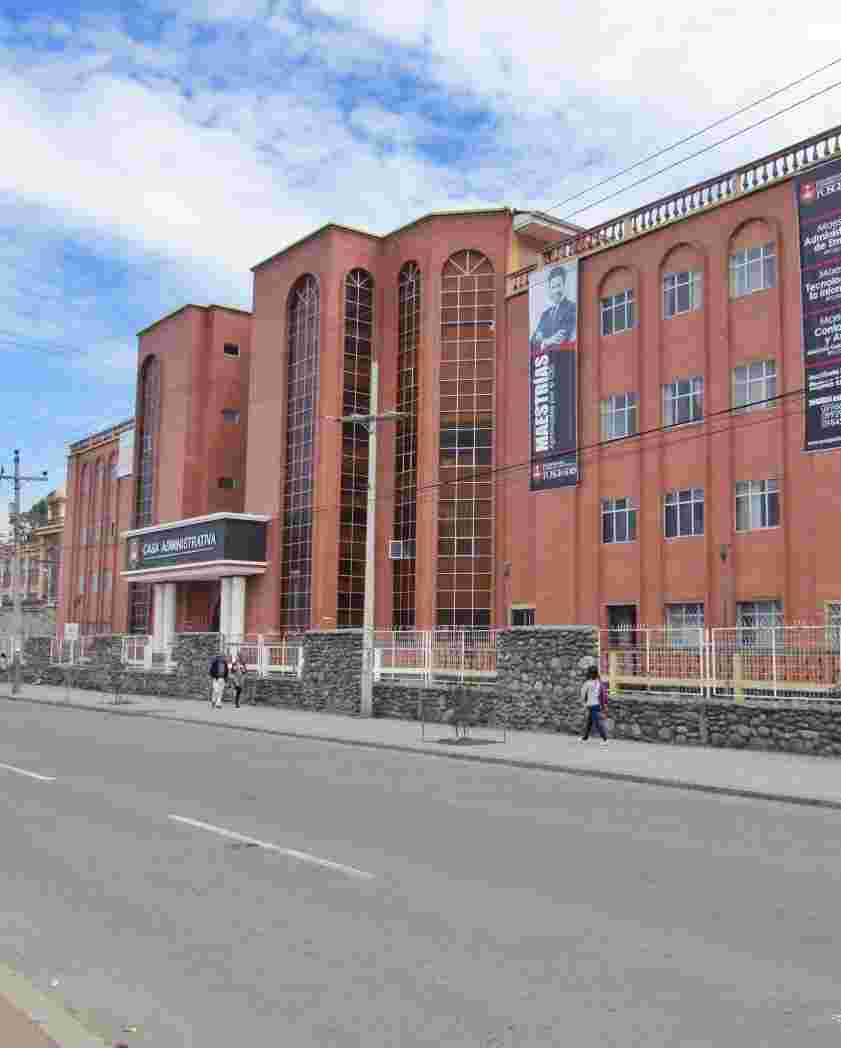Epidemiologia del Bruxismo en Latinoamérica en los últimos 5 años. Revisión Sistemática
| dc.contributor.advisor | Tello Terán., Damián Alfredo | |
| dc.contributor.author | García Piña Rommy Santiago , Jorge Eduardo | |
| dc.contributor.author | Yánez Piña, Rommy Santiago | |
| dc.contributor.cedula | 0302677745 | |
| dc.contributor.cedula | 0201330586 | |
| dc.contributor.other | Tenecela, Melissa | |
| dc.coverage | Azogues | |
| dc.date.accessioned | 2024-10-16T15:40:59Z | |
| dc.date.available | 2024-10-16T15:40:59Z | |
| dc.date.issued | 2024 | |
| dc.description | Introducción: El Bruxismo es un trastorno que afecta a los músculos masticadores, generando movimientos rítmicos y anormales, esta condición ocurre durante sueño o vigilia y posee un origen multifactorial. Objetivo: Analizar el comportamiento epidemiológico del bruxismo en Latinoamérica en un periodo comprendido entre 2019 a 2024 Materiales y Métodos: Se realizó una búsqueda a partir del 2019 hasta 2024, revisando estudios en bases científicas como: Scielo, PudMed, Scopus, Web of Science, Google Académico y Redalyc, se aplicaron criterios de inclusión y exclusión y finalmente se incluyeron 12 artículos utilizando operadores boléanos con OR, AND Y NOT. Resultados: Se analizaron 12 estudios observacionales, destacando Brasil con una prevalencia del 41,11 en 2022 ,en cuanto a tipos de bruxismo ,el más propenso fue de vigilia con un 33,4% ,el grupo etario predisponente fue adolescentes con 36,4%, en términos de género, el sexo femenino presento la mayor prevalencia con un 68,1%, finalmente respecto a factores de riesgo, las interferencias dentales son las más prevalentes con 95,5%.Conclusión: De acuerdo a la revisión la prevalencia se considera relativamente moderada con una distribución irregular con mayor pico en el año 2022 descendiendo en el 2023 y 2024, de igual forma ligeramente mayor el bruxismo de vigilia , en cuanto al grupo etario y distribución por sexo, los más afectados de acuerdo a los estudios fueron los adolescentes y sexo femenino ,con relación a factores de riesgo, se reportan de forma casi generalizada que las interferencias dentales son las que más contribuyentes a generar bruxismo. | |
| dc.description.abstract | Introduction: Bruxism is a disorder affecting the masticatory muscles, generating rhythmic and abnormal movements; this condition occurs during sleep or wakefulness and has a multifactorial origin. Objective: To analyze the epidemiological behavior of bruxism in Latin America from 2019 to 2024. Materials and Methods: A search was conducted from 2019 to 2024, reviewing studies in scientific databases such as SciELO, PubMed, Scopus, Web of Science, Google Scholar, and Redalyc. Inclusion and exclusion criteria were applied, including 12 articles using Boolean operators: OR, AND, and NOT. Results: Twelve observational studies were analyzed, highlighting Brazil with a prevalence of 41.11 in 2022; in terms of types of bruxism, the most prone was wakefulness with 33.4%, and the predisposing age group was adolescents with 36.4%; in terms of gender, the female presented the highest prevalence with 68.1%, finally regarding risk factors, dental interference is the most prevalent with 95.5%. Conclusion: According to the review, the occurrence is considered relatively moderate, with an irregular distribution with the highest peak in 2022, decreasing in 2023 and 2024. Similarly, waking bruxism was slightly higher in terms of age group and gender distribution; the most affected, according to the studies, were adolescents and females, concerning risk factors, it is almost universally reported that dental interferences are the most contributing factors to the development of bruxism. Keywords: Bruxism, Prevalence, Etiology, Epidemiology, Latin America. | |
| dc.description.uri | Trabajo de investigación | |
| dc.format | application/pdf | |
| dc.format.extent | 55 páginas | |
| dc.identifier.citation | García Piña,J.E. Yánez Piña,R.S (2024)Epidemiologia del bruxismo en Latinoamérica en los últimos 5 años. Revisión Sistemática. Universidad Católica de Cuenca | |
| dc.identifier.other | 10BT2024-TOdo-36 | |
| dc.identifier.uri | https://dspace.ucacue.edu.ec/handle/ucacue/18461 | |
| dc.language.iso | spa | |
| dc.publisher | Universidad Católica de Cuenca. | es_ES |
| dc.relation.uri | http://creativecommons.org/licenses/by/4.0/deed.es | |
| dc.rights | info:eu-repo/semantics/openAccess | es_ES |
| dc.rights | Atribución 4.0 Internacional | es_ES |
| dc.rights.uri | http://creativecommons.org/licenses/by/4.0/deed.es | es_ES |
| dc.source | Universidad Católica de Cuenca | es_ES |
| dc.source | Repositorio Institucional - UCACUE | es_ES |
| dc.subject | BRUXISMO, PREVALENCIA, ETIOLOGÍA, EPIDEMIOLOGIA, LATINOAMÉRICA | |
| dc.title | Epidemiologia del Bruxismo en Latinoamérica en los últimos 5 años. Revisión Sistemática | |
| dc.type | info:eu-repo/semantics/article | |
| thesis.degree.discipline | Unidad académica de salud y bienestar | |
| thesis.degree.grantor | Universidad Católica de Cuenca ,Campus Azogues Odontologia | |
| thesis.degree.level | Título Profesional | |
| thesis.degree.name | Pregrado | |
| thesis.degree.program | Presencial |
Archivos
Bloque original
1 - 1 de 1
Cargando...
- Nombre:
- JORGE EDUARDO GARCIA PIÑA-ROMMY SANTIAGO YANEZ PIÑA.pdf
- Tamaño:
- 2.02 MB
- Formato:
- Adobe Portable Document Format
Bloque de licencias
1 - 1 de 1
Cargando...
- Nombre:
- license.txt
- Tamaño:
- 1.27 KB
- Formato:
- Item-specific license agreed upon to submission
- Descripción:




